In today’s fast-paced creative world, AI is no longer just a buzzword, it’s the engine behind some of the most innovative design tools out there. Among the most exciting developments? AI image blenders. These smart tools let you merge two or more images into a seamless, stylized composition, no Photoshop skills required.
Whether you’re an artist experimenting with surreal visuals, a content creator looking to blend memes, or a marketer crafting eye-catching social graphics, AI image blenders offer a new level of creative freedom. But with so many tools out there, which one actually delivers the best results?
That’s what this in-depth review is here to answer.
In this post, we tested and compared the top AI image blender tools in 2025, highlighting their features, strengths, weaknesses, and best use cases. You’ll get real before-and-after examples, a handy comparison chart, and insights to help you pick the right tool for your project.
An AI image blender is an online tool that uses artificial intelligence to merge two or more photos into a single, creatively enhanced image, often without any manual editing.
What Is an AI Image Blender & How Does It Work?
In simple terms, an AI image blender is a tool that uses artificial intelligence to combine two or more images into one unified composition. But this isn’t just a basic overlay or collage, these tools analyze patterns, textures, lighting, and subjects to create visually harmonious blends that often look like they were designed by a professional.
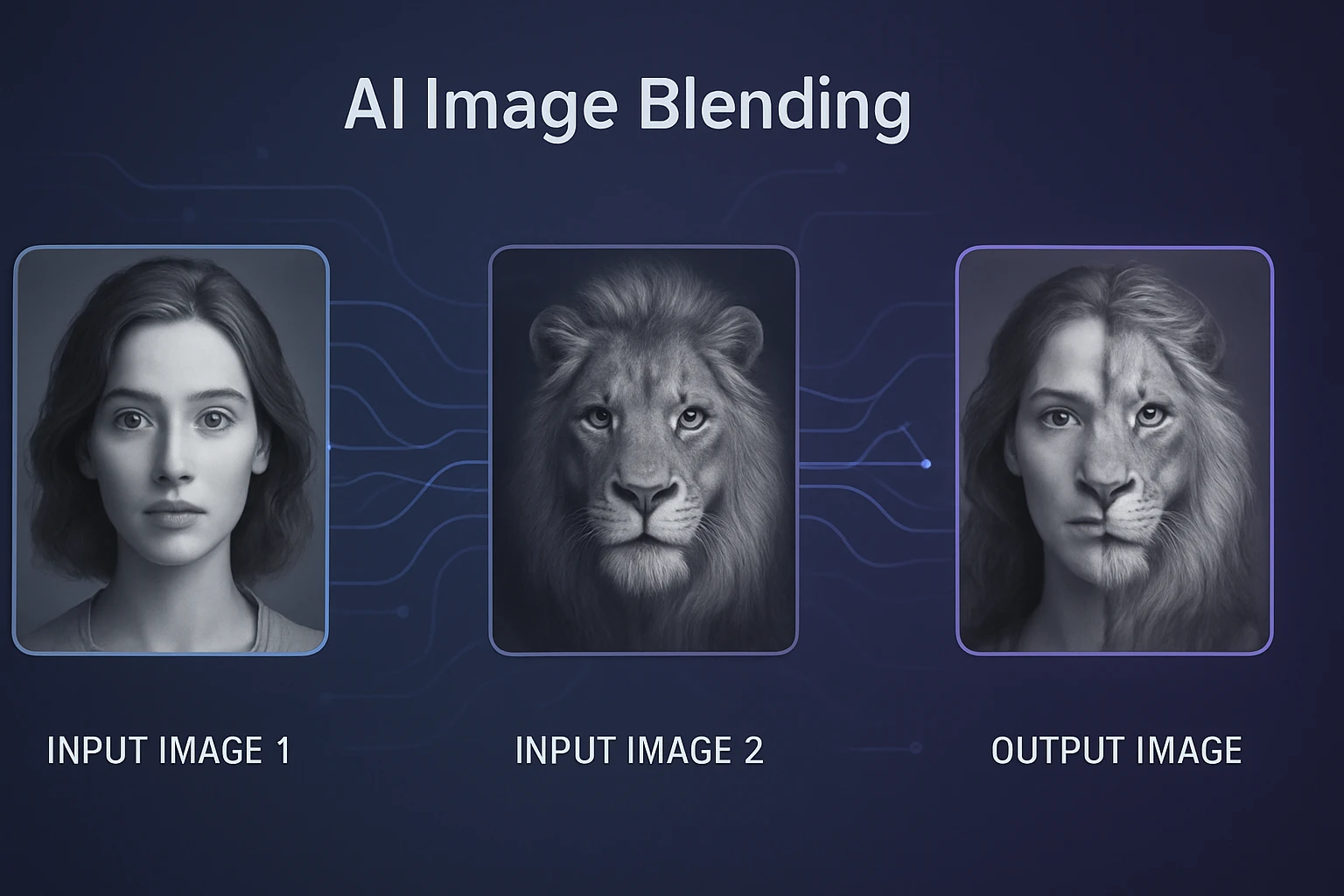
How AI Image Blending Works Behind the Scenes
Most AI image blenders rely on deep learning models like neural networks, generative adversarial networks (GANs), or diffusion models. These systems are trained on thousands of images, learning how objects, colors, lighting, and textures naturally blend together.
When you upload two photos, the AI essentially “thinks”:
- What’s the primary subject in each image?
- How do the lighting and colors match?
- Should this blend be realistic, abstract, or stylistic?
Then it uses that logic to generate a new, unified image, without any manual editing.
Why People Are Blending Images with AI in 2025
Image blending has become more than just a design trend, it’s a tool for storytelling, branding, and creativity. Here’s how different users are taking advantage of AI-powered photo mixing:
🎨 Artists and Designers
- Craft surreal or fantasy-style compositions
- Merge real-world photos with AI-generated art
- Visualize abstract ideas without manual Photoshop work
📱 Content Creators
- Create viral meme-style blends
- Design thumbnails, profile pictures, or TikTok visuals
- Quickly generate brand-specific images
🛍️ Marketers and Business Owners
- Blend product shots into custom backdrops
- Create branded banners or ad creatives
- Test visual identity mockups without hiring a designer
❓ “What can I do with an AI image blender?”
You can combine two photos into a single, visually creative composition using AI—perfect for social media, design projects, or product marketing.
How We Tested These AI Image Blenders
With so many tools claiming to offer the “best” AI image blending experience, we knew a real-world test was necessary. To give you an accurate and fair comparison, we rolled up our sleeves and blended over 40 image pairs using each tool on our list. From professional portraits to landscapes and even quirky meme-style photos, we tested these tools under different scenarios to simulate real user needs.
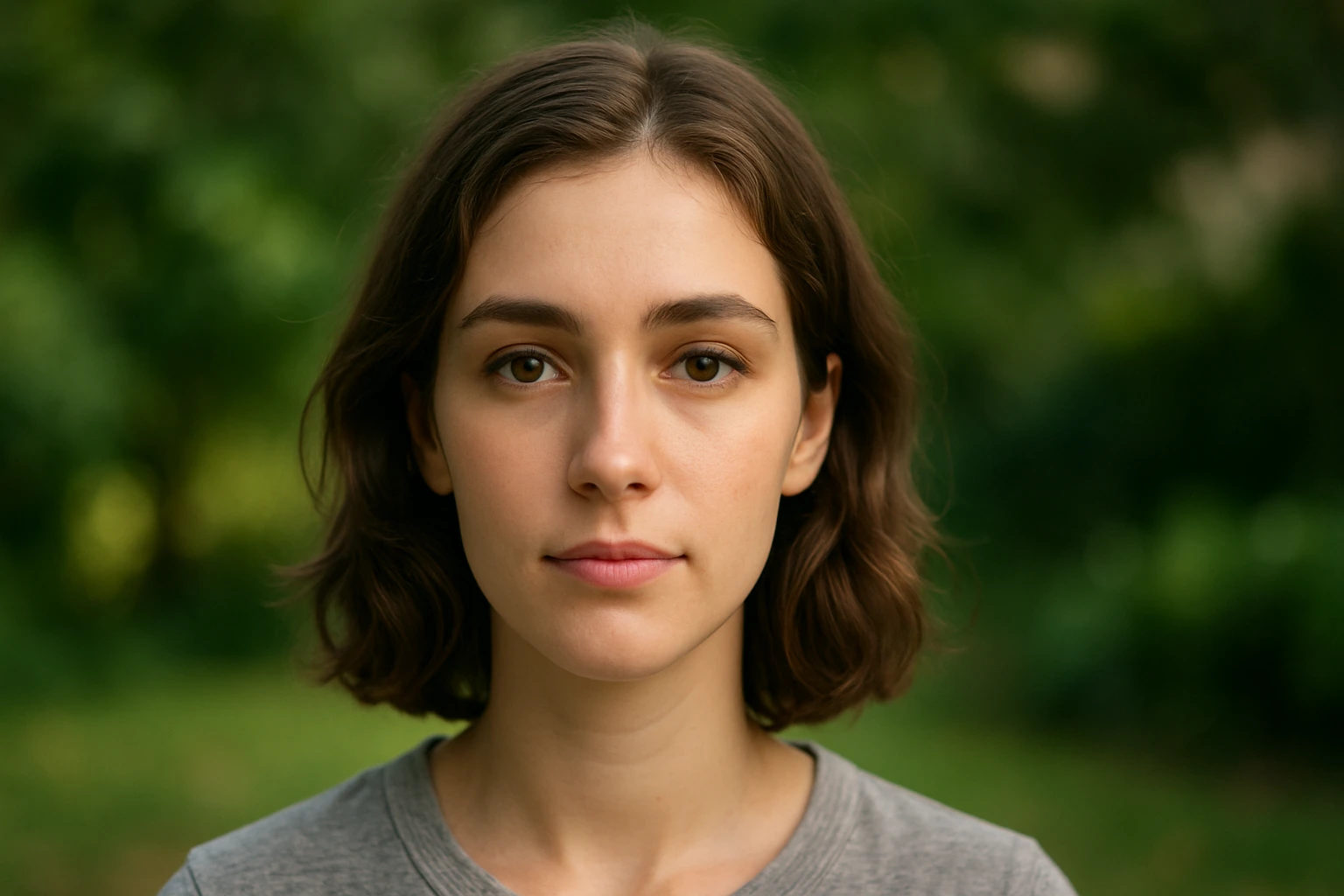
Devices and Platforms Used
To reflect how most people use these tools, we ran our tests on both desktop and mobile platforms. Most of the tools were browser-based, so we tested them on Chrome and Safari, as well as on Android and iOS devices when mobile versions were available. We also paid attention to how responsive the platforms were and whether mobile users had access to full features or a scaled-down version.
Types of Images Blended
We didn’t just throw random stock photos into these apps. Instead, we created distinct test categories to see how each AI tool handled different challenges:
- Portraits + Portraits: Testing facial merge accuracy
- Landscape + Object: Evaluating object blending and background integration
- Logo + Product Image: Useful for marketers testing brand overlays
- Stylized Art + Real Image: Stress-testing the AI’s creative blending
These image types were chosen to reflect actual user scenarios, whether you’re a designer blending surreal art or a small business owner creating product visuals.
Evaluation Criteria: What We Looked For
To determine which AI image blender tools performed the best, we established a set of evaluation metrics based on user-focused features and creative flexibility. Each tool was scored in the following categories:
1. Image Quality and Realism
How natural or seamless did the final image look? Did the AI handle lighting, shadow, and perspective well, or did the final result feel artificial or “off”? We also looked for edge smoothness, color harmony, and facial accuracy.
2. Ease of Use and Interface Design
You shouldn’t need a design degree to blend two photos. We prioritized tools that offered a smooth, beginner-friendly interface, clear upload instructions, intuitive controls like blend strength sliders, and helpful prompts during editing.
3. Processing Speed
Some AI tools can take a while to process images, especially if they rely on complex machine learning models. We tracked how fast each platform rendered the final blend, both in high and low-resolution settings.
4. Output Resolution and Download Options
A beautiful blend is useless if it only exports in 480p. We checked whether each tool allowed for high-resolution downloads (1080p or above), transparent background export, or support for file formats like PNG or WEBP.
5. Free vs Paid Features
We highlighted which features were locked behind a paywall and which platforms provided valuable results without charging users. Freemium tools were ranked higher if their free versions delivered quality output.
6. Creativity and AI Customization
Some tools let you adjust blending intensity, choose specific style filters, or even tweak AI-generated layers. We gave extra points to platforms offering this kind of creative control.
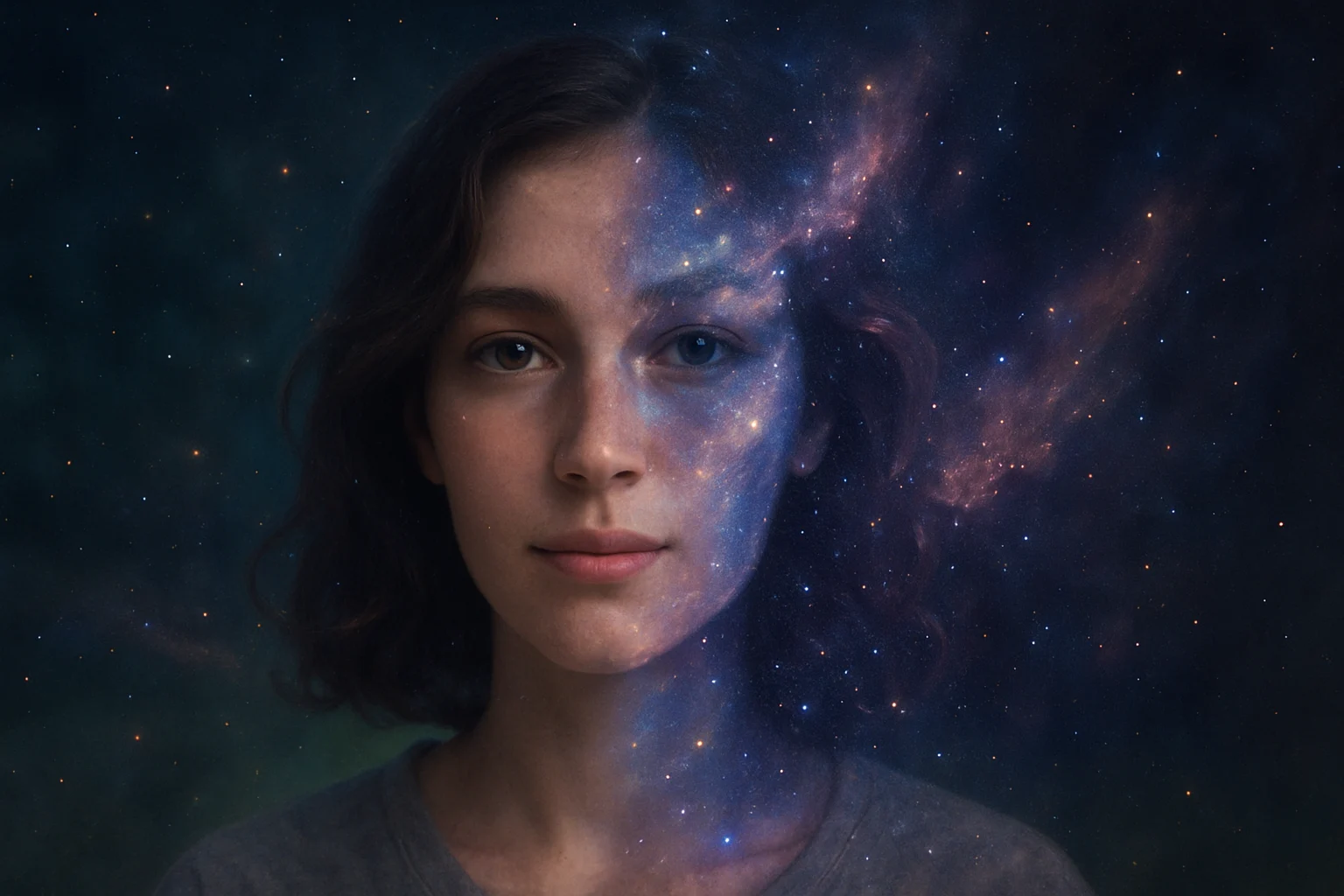
Why This Testing Method Matters
Instead of just listing features from each tool’s homepage, we focused on real user experience—the kind of feedback you’d want before committing time or money to any platform. We also made sure to highlight any tool that surprised us with unique results or innovative features.
In the next section, we’ll dive straight into the top 7 AI image blenders of 2025, showcasing what each one offers and how they performed in our hands-on tests.
Ready to explore the best AI image blending tools? Let’s get into the rankings.
Top 7 AI Image Blender Tools in 2025 (Ranked & Reviewed)
After extensive testing, we narrowed the list down to seven standout tools that consistently delivered high-quality blends, user-friendly interfaces, and creative versatility. Whether you’re a casual creator or a professional designer, one of these tools will suit your needs.
1. Artbreeder
Best for: Artistic image morphing and experimental blendst
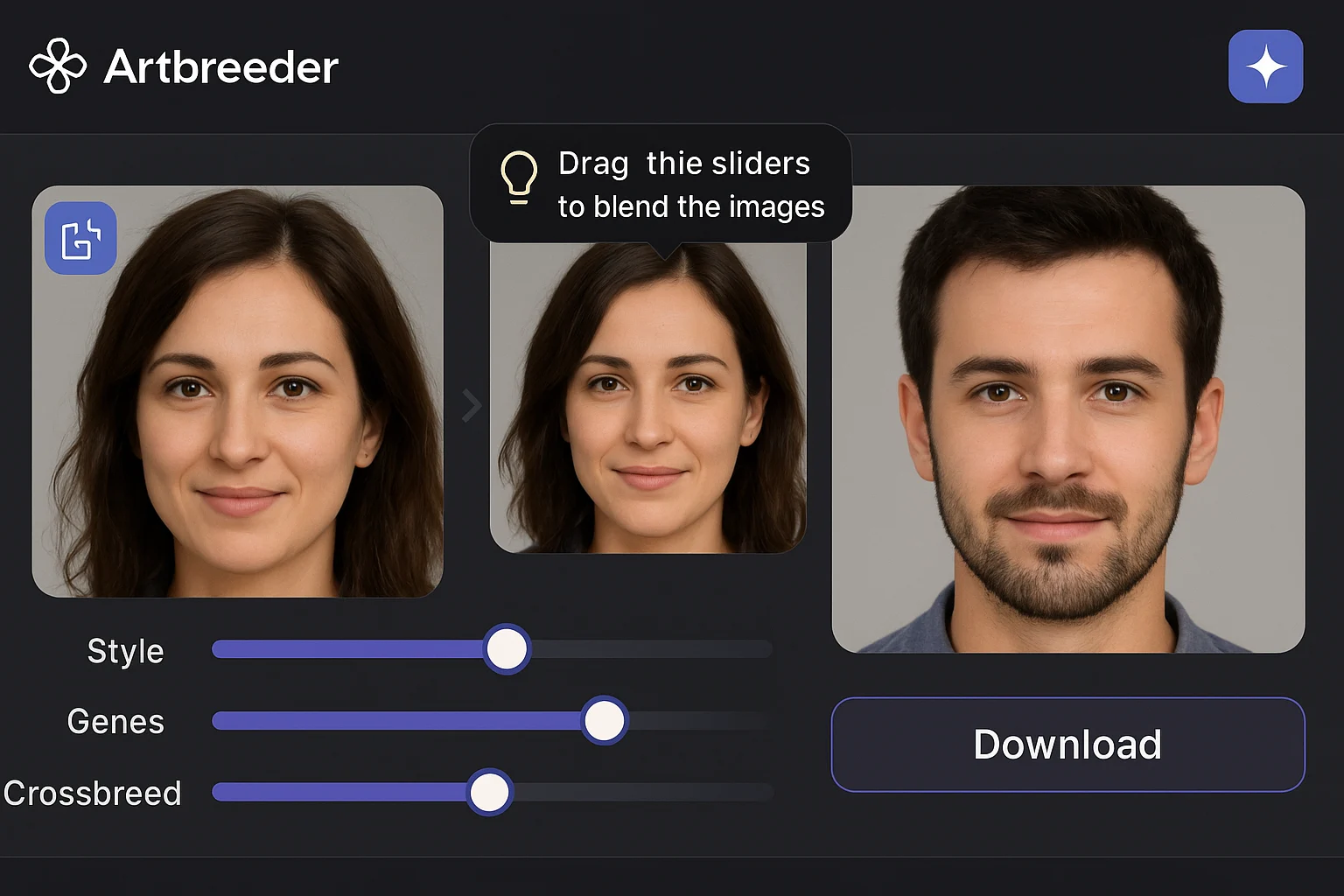
Artbreeder continues to be a pioneer in AI image manipulation. It allows users to merge two or more faces, landscapes, or abstract visuals using sliders that control age, gender, style, and other parameters. Its neural network generates surprisingly lifelike images while giving you full creative control over the blend’s outcome.
Key Features:
- Face and landscape blending with deep genetic customization
- Real-time preview with slider-based control
- Export high-resolution images for free (with account)
Pros:
- Perfect for portrait morphing and fantasy art
- Community sharing and remix culture built-in
- Great free tier with generous features
Cons:
- Limited to specific categories like faces or landscapes
- No support for full custom uploads (works best with pre-trained datasets)
“Is Artbreeder good for AI image blending?”
Yes, Artbreeder is ideal for artistic image blending, especially portraits and abstract art, with intuitive slider controls.
2. Runway ML – Image to Image Blend
Best for: Creative professionals and content creators

Runway ML is one of the most robust AI platforms available today. While it offers everything from video editing to generative AI, its image-to-image blending feature is a hidden gem. Using diffusion models, it merges photos with high stylistic quality and professional-grade results.
Key Features:
- Upload custom images and blend in creative styles
- Supports high-resolution output
- Powerful editing features like background removal and image extension
Pros:
- Sleek, modern interface
- Ideal for marketing creatives and short-form video designers
- Part of a full creative suite
Cons:
- Requires a free account to use
- Some advanced features locked behind premium plans
“Can I use Runway ML to blend two photos?”
Yes, Runway ML lets you blend two images with AI using advanced diffusion models for smooth and realistic results.
3. Fotor AI Photo Blender
Best for: Quick and beginner-friendly photo blending
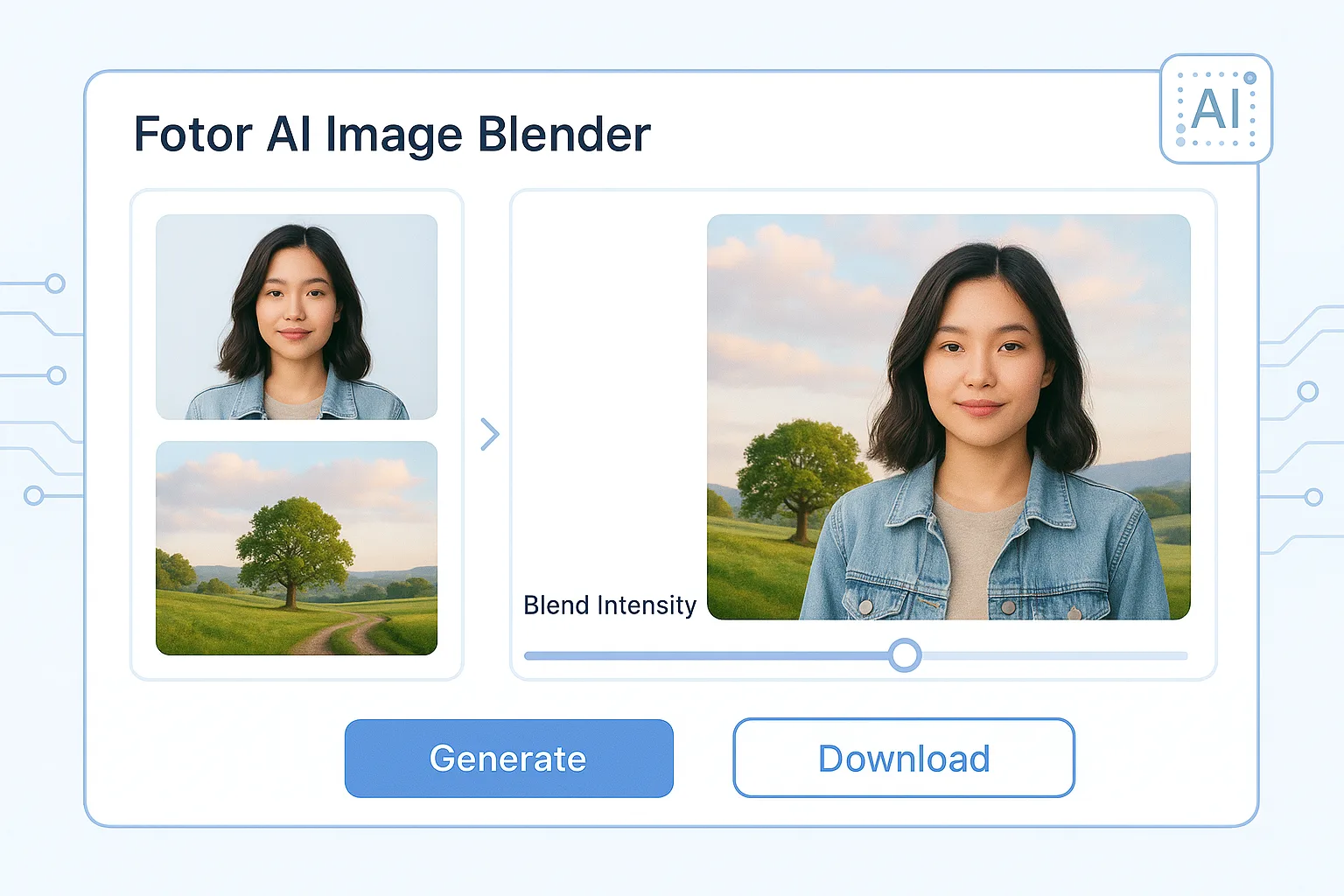
Fotor’s AI Photo Blender is great for users who want results fast. With a clean drag-and-drop interface, users can easily blend two images together with options for opacity, alignment, and stylistic enhancements. It’s especially handy for marketing visuals and social media content.
Key Features:
- Drag-and-drop blending interface
- Artistic and natural blend filters
- Online and mobile versions available
Pros:
- Very easy to use
- Useful preset blend styles
- Free plan includes core features
Cons:
- Limited customization beyond basic blending
- Ads in the free version
“Is Fotor AI Blender good for beginners?”
Yes, Fotor is a beginner-friendly AI image blender with drag-and-drop simplicity and fast results.
4. Deep Dream Generator
Best for: Surreal and dreamlike artistic image blending
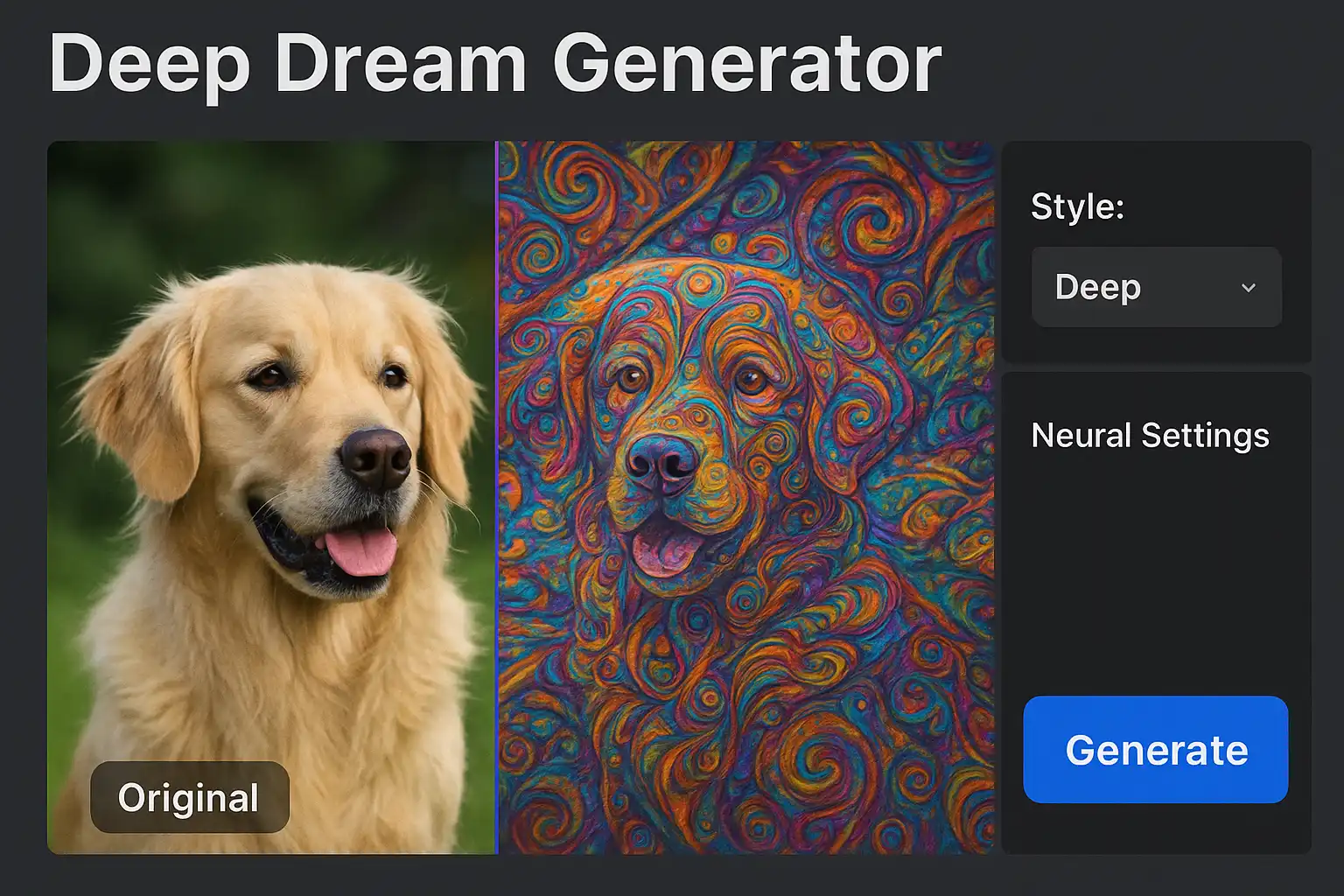
If you’re looking to create psychedelic, surreal, or dreamlike visuals, Deep Dream Generator is your best bet. Powered by neural style transfer, it blends two images with artistic layers that often result in one-of-a-kind art pieces.
Key Features:
- Neural style blending from image to image
- Deep customization of dream layers
- Ideal for fantasy, abstract, and AI art
Pros:
- Artistic, unexpected outputs
- Fun and experimental for personal projects
- Good community sharing features
Cons:
- Not suited for realistic or professional design needs
- Can take longer to process blends
“What is Deep Dream Generator used for?”
Deep Dream Generator blends images using surreal artistic styles, great for fantasy or abstract artwork.
5. Canva AI Image Merge (with Magic Studio)
Best for: Marketers and social media designers
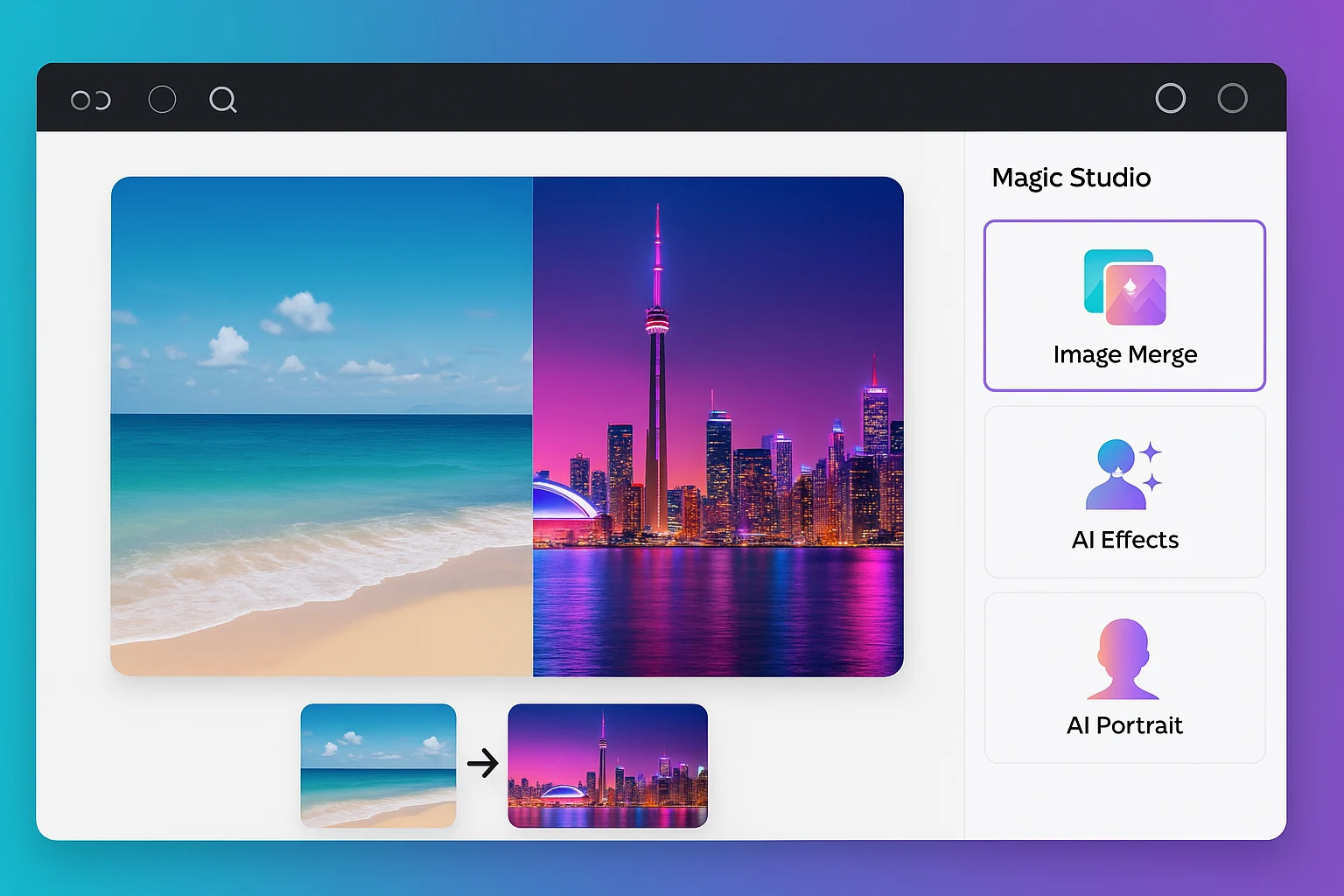
Canva has added AI-powered features into its design suite, including Magic Studio’s image blending options. While not as technically advanced as other tools, Canva makes it easy to layer, blend, and transform images inside your broader design layout.
Key Features:
- Blend images as part of a larger design
- Integration with text, templates, and effects
- One-click image enhancement tools
Pros:
- Ideal for branded content, social posts, and presentations
- Very beginner-friendly
- Seamless integration with other Canva tools
Cons:
- Less precise AI blending compared to others
- Some features require Canva Pro
“Can I blend two photos in Canva?”
Yes, Canva allows basic image blending through its Magic Studio tools, perfect for quick and creative edits.
6. Photopea with AI Plugins
Best for: Photoshop-style editing with AI-enhanced blending
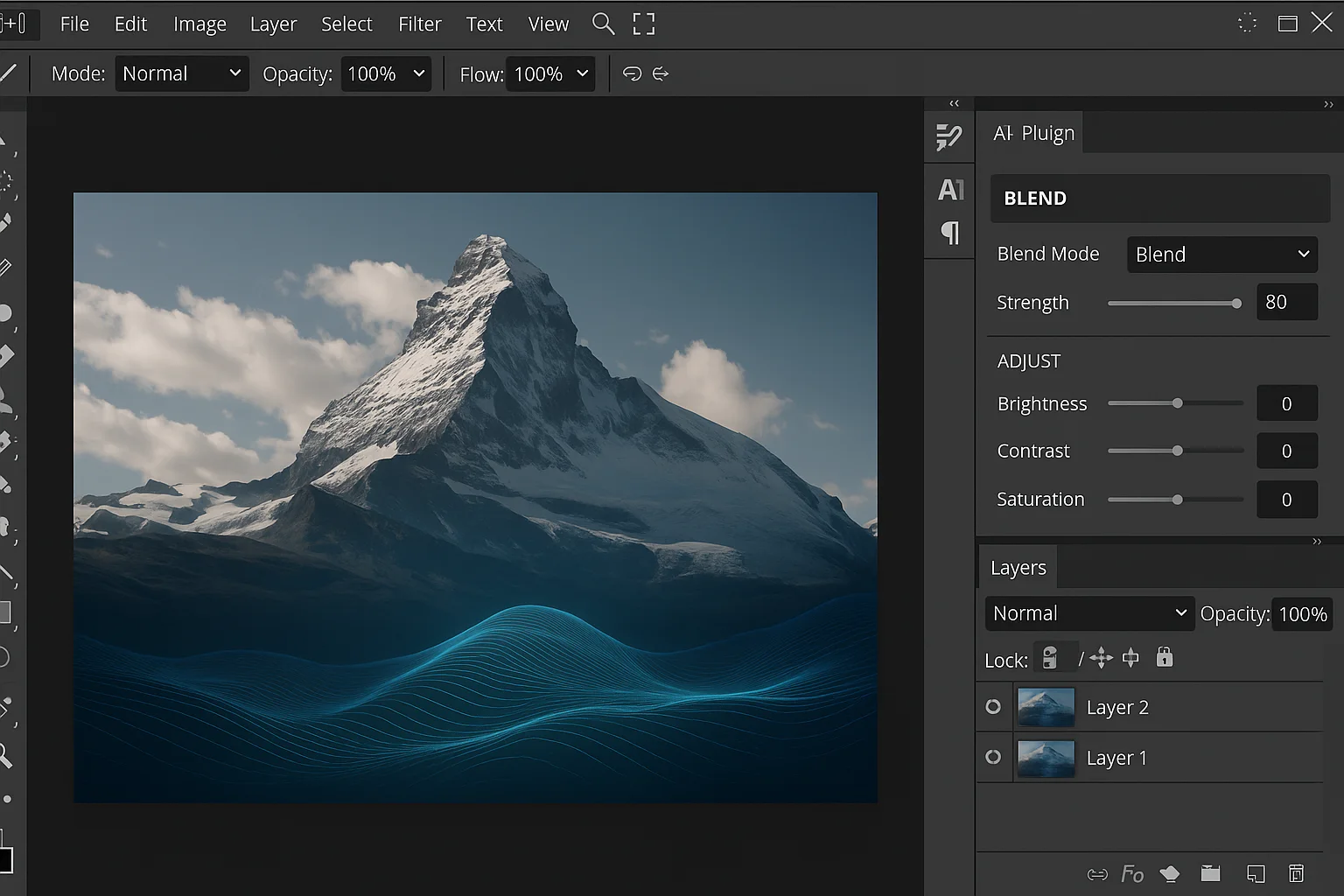
Photopea is a browser-based photo editor that supports PSD files and now includes AI plugin support. While it isn’t a dedicated AI blender, the AI-powered extensions allow blending with mask refinement, layering, and custom effects that rival traditional software.
Key Features:
- Manual and AI-assisted blending tools
- Layer masking, gradients, and overlay controls
- Works directly in the browser with no install needed
Pros:
- Free and powerful for advanced users
- Closest to Photoshop in the browser
- Supports AI extensions for image transformation
Cons:
- Steeper learning curve for beginners
- Requires third-party plugins for AI automation
“Is Photopea good for AI photo editing?”
Yes, Photopea supports advanced photo editing and AI plugins that allow image blending similar to Photoshop.
7. Playground AI
Best for: Stylized, community-driven image blends
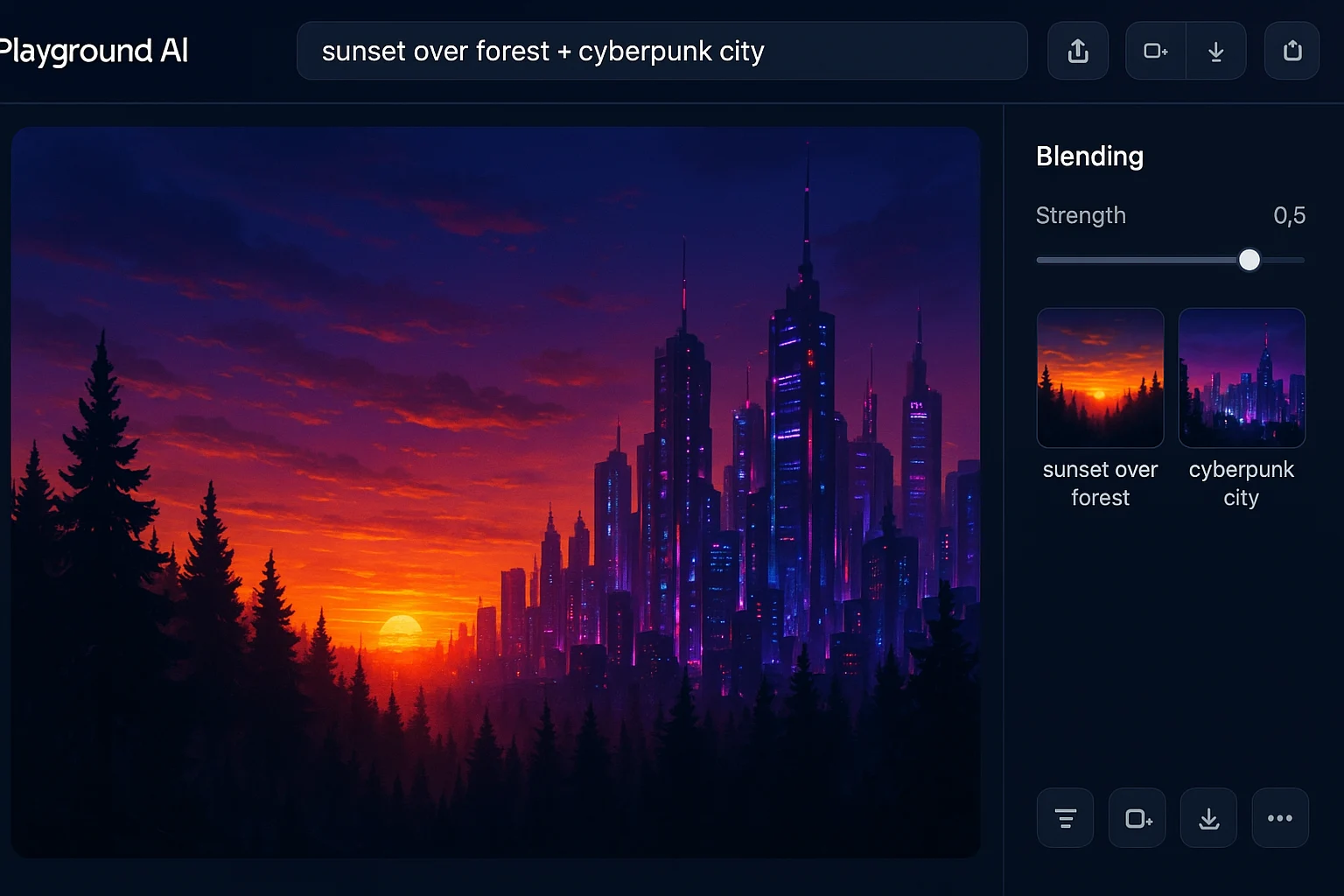
Playground AI offers a visually fun and creative environment for blending images using prompts, presets, and community inspiration. You can blend an image using a text prompt to guide the AI’s style, making it ideal for visual storytelling and creative experimentation.
Key Features:
- Prompt-based image transformation
- Blend photos with artistic or cartoon styles
- Built-in image editor with upscaling tools
Pros:
- Great for visual creators and storytellers
- Interactive and community-focused
- Free plan includes generous features
Cons:
- Less predictable results than others
- May require some trial and error
“What does Playground AI do?”
Playground AI blends images with artistic styles using prompts, perfect for creating stylized content.
Comparison Table: Which AI Image Blender Is Right for You?
To help you quickly decide which AI image blender suits your project, here’s a side-by-side comparison of the top tools based on performance, use case, and features.
| Tool | Best For | Image Quality | Ease of Use | Custom Uploads | Free Plan | Output Resolution | Unique Feature |
|---|---|---|---|---|---|---|---|
| Artbreeder | Portraits & fantasy art | ★★★★☆ | ★★★★★ | No | Yes | High | Genetic-style sliders |
| Runway ML | Pro creatives & marketers | ★★★★★ | ★★★★☆ | Yes | Yes | High | Full creative suite |
| Fotor AI Blender | Social media visuals | ★★★☆☆ | ★★★★★ | Yes | Yes | Medium | Preset blend styles |
| Deep Dream Gen. | Surreal art & dreamlike blends | ★★★★☆ | ★★★☆☆ | Yes | Yes | High | Neural style transfer |
| Canva Magic Studio | Branding & marketing content | ★★★☆☆ | ★★★★★ | Yes | Yes | Medium–High | All-in-one design platform |
| Photopea + AI | Advanced users & PSD lovers | ★★★★☆ | ★★★☆☆ | Yes | Yes | High | Photoshop-style browser tool |
| Playground AI | Creative storytelling & stylized art | ★★★★☆ | ★★★★☆ | Yes | Yes | Medium–High | Prompt-guided blending |
Tool-by-Tool Breakdown: Which One Should You Choose?
If you’re a beginner…
Start with Fotor AI Photo Blender or Canva Magic Studio. These platforms are intuitive, fast, and don’t require any design knowledge. They’re perfect for quick social posts, thumbnails, or lightweight design projects.
If you’re a creative professional…
Runway ML is the top choice. It offers the highest-quality blends, an all-in-one creative toolkit, and export flexibility. If you’re designing for clients or commercial use, the precision here makes a big difference.
If you’re into stylized or AI art…
Artbreeder, Deep Dream Generator, and Playground AI all offer different flavors of creativity. Artbreeder excels in morphing and expression control, while Deep Dream is great for abstract visuals. Playground lets you experiment freely with prompt-based design.
If you want Photoshop-level control…
Photopea with AI plugins is unmatched for users who want precision edits, custom masking, and control over every image layer. It’s perfect for designers who know their way around complex tools but don’t want to pay for Adobe subscriptions.
If you want a free tool that still delivers high resolution…
Both Runway ML (with an account) and Artbreeder offer high-res outputs in their free tiers. These platforms provide enough power for serious creative work without paying upfront.
Real Use Case Examples: How People Are Using AI Image Blenders
Understanding how AI image blenders are being used in real-world scenarios can help readers see the true potential of these tools. From artists and content creators to marketers and hobbyists, AI image blending is becoming a core part of visual storytelling.
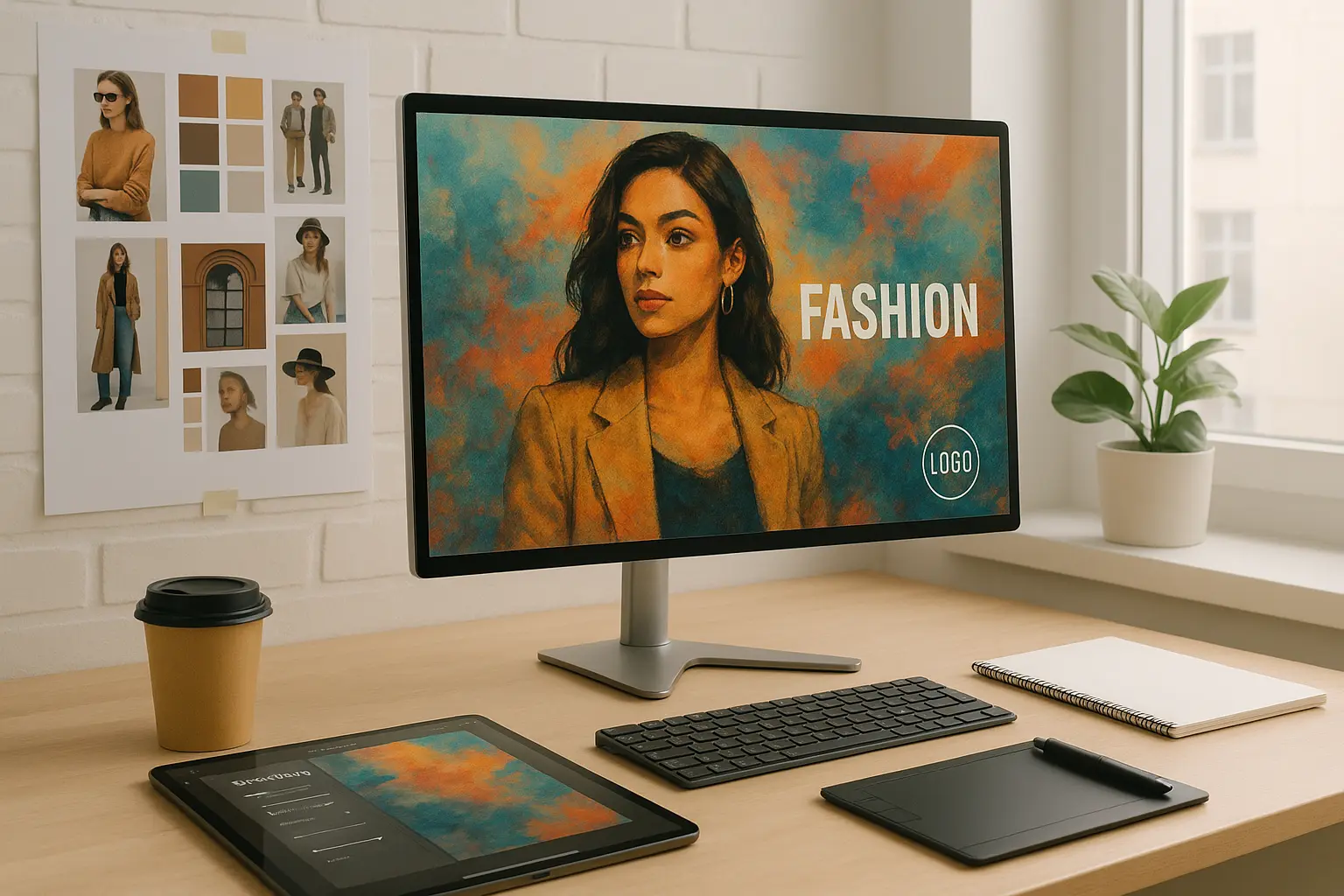
1. Digital Artists Crafting Unique Concepts
Scenario: Fantasy Art Creation
A digital artist working on a fantasy game project used Artbreeder to generate a series of unique character faces. By blending facial features, lighting styles, and background textures, they quickly iterated on dozens of designs in less time than manual painting would take. These AI-generated base concepts were later polished in tools like Procreate or Photoshop.
Why It Works:
Artbreeder offers control over genetics-style sliders like age, ethnicity, and expression, allowing artists to creatively experiment without losing coherence in design.
2. YouTubers & Influencers Enhancing Thumbnails
Scenario: Eye-Catching YouTube Thumbnails
A lifestyle YouTuber used Fotor AI Blender to combine a beach background with a portrait photo. The result was a thumbnail that instantly grabbed attention dramatic skies, soft blending, and subtle filters that made the video stand out in the feed.
Why It Works:
Fotor’s drag-and-drop simplicity, paired with fast output, is ideal for creators who need visuals on the fly.
3. Social Media Managers Boosting Engagement
Scenario: Instagram Carousel Design
A social media manager for a fashion brand used Canva Magic Studio’s AI Blending to merge abstract textures with product photos. These blended images were used in carousels, making each slide feel more branded and immersive.
Why It Works:
Canva’s intuitive interface and direct export options let marketers stay within their workflow while experimenting with design.
4. E-commerce Sellers Enhancing Product Imagery
Scenario: Stylized Backgrounds for Etsy Listings
A handmade jewelry seller used Playground AI to blend their product photos with soft-focus background scenes like vintage maps or floral bokeh. These AI-enhanced visuals helped listings look premium without hiring a designer.
Why It Works:
Playground AI enables custom prompt-based blending, making it ideal for e-commerce photos that require mood, storytelling, or subtle aesthetic improvements.
5. Students & Educators Creating Visual Aids
Scenario: Visual Storytelling for School Projects
A high school student used Deep Dream Generator to create dreamlike visuals for a literature presentation. The surreal images helped illustrate abstract themes in poetry, capturing classmates’ attention.
Why It Works:
The tool allows non-designers to create emotional, artistic images by simply uploading a base photo and selecting a style.
6. Game Developers Building Moodboards
Scenario: Concept Moodboard for Indie Game
An indie game studio used Runway ML to combine architectural renders with forest textures to brainstorm environments for a horror game. These AI-blended composites served as the foundation for later 3D modeling.
Why It Works:
Runway ML provides cinematic-quality blending with layering and motion capabilities, perfect for pre-production workflows.
Tips to Get the Best Results with AI Image Blenders
Whether you’re a beginner or a seasoned designer, getting professional-quality results from an AI image blender depends on how you use the tool. Here are proven tips and techniques to help you get the most out of any AI image blending platform.
1. Use High-Resolution Source Images
AI models rely on input clarity to generate clean, natural-looking blends. Uploading pixelated or low-res photos will usually result in muddy or distorted outputs.
Pro Tip:
Always use images with good lighting, minimal noise, and at least 1080p resolution. This is especially important if your final design is intended for print or HD digital platforms.
2. Blend Images with Similar Lighting and Color Tones
AI models tend to perform best when the base images share similar lighting conditions, tones, or contrast levels. If you blend a bright daylight selfie with a moody night scene, the result may look artificial or glitchy.
Pro Tip:
Before uploading, adjust your photos in a free editor like Photopea or Canva to balance brightness, hue, and contrast for a smoother blend.
3. Leverage Style Prompts (Where Supported)
Some tools like Playground AI and Runway ML allow you to input descriptive prompts such as “cyberpunk background with soft shadows” or “oil painting style fantasy scene.”
Pro Tip:
Use specific prompts that mention style, lighting, camera type, or era. For example:
- “Retro sci-fi magazine style”
- “Blended watercolor portrait in golden hour light”
These prompts act as artistic direction for the AI and significantly boost quality.
4. Experiment with Blending Strength and Masks
Advanced tools like Runway ML or Photopea with AI plugins let you control how much of each image is visible and where the blending takes place. This is especially useful if you only want to blend the subject but keep one of the backgrounds.
Pro Tip:
Use layer masks to isolate areas—like faces, skies, or foregrounds—before applying AI blending. This gives your design a cleaner, more natural feel.
5. Preview on Different Devices
Sometimes, what looks amazing on your desktop may look awkward on mobile. Always preview your blended images across various screen sizes—especially if they’re going on social media or websites.
Pro Tip:
Upload test versions to a private Instagram account or use Figma’s preview mode to simulate real-world display conditions.
6. Keep a Backup of Your Original Images
AI blending tools often compress or alter images irreversibly. Always save copies of your original inputs in case you want to tweak or retry the blending process later with new settings or prompts.
7. Combine Tools for Next-Level Results
Don’t limit yourself to one platform. For example, you could:
- Use Artbreeder for facial blending
- Export to Runway ML for cinematic color grading
- Finalize the design in Canva for text overlays or layout formatting
Pro Tip:
Think of AI blenders as part of a larger toolchain. The best creators stack multiple tools for optimal results.
Frequently Asked Questions (FAQs) About AI Image Blender
Q. What is an AI image blender?
An AI image blender is a tool that uses artificial intelligence to combine two or more images into a single, seamless visual. It analyzes texture, color, lighting, and subject matter to merge photos in creative or realistic ways. Many AI blenders allow prompt-based styling, making them ideal for both artists and everyday users.
Q. How does AI image blending work?
AI image blending typically uses machine learning models like GANs (Generative Adversarial Networks) or diffusion-based algorithms. These models analyze the input images and generate a new one that combines elements from both, while maintaining natural composition and style. Some tools even let you control the blending strength, style, or subject focus.
Q. Is there a free AI image blender available?
Yes! Several platforms offer free AI image blending tools, such as:
- Fotor AI Image Blender (basic features are free)
- Playground AI (with limited credits)
- Artbreeder (free tiers with basic blending options)
These allow you to experiment with image merging without spending money.
Q. What is the best AI image blending tool?
It depends on your needs:
- Artbreeder is best for portraits and face morphing.
- Fotor is great for fast social media visuals.
- Runway ML offers cinematic, pro-level results.
- Playground AI supports creative freedom with prompts.
If you’re a beginner, start with Fotor. For more advanced users, Runway ML or Playground AI offer deeper customization and quality.
Q. Can I use AI image blenders for commercial projects?
Most AI image blending platforms allow commercial use, but you should always check the licensing terms. Tools like Runway ML and Fotor typically provide royalty-free output for commercial use, especially with paid plans. For client work or product images, using tools with clear usage rights is essential.
Q. Are AI-blended images copyright-free?
It depends on the tool and your source images. AI-generated content may fall under public domain or have usage restrictions, depending on the platform’s terms of service. Always use royalty-free or original input photos to avoid copyright conflicts in the final result.
Q. Can I blend more than two images at once?
Some platforms support blending multiple images. For example:
- Artbreeder allows combining traits from several sources.
- Runway ML supports layering and multi-frame blending.
However, most free AI image blenders are optimized for blending two images at a time for speed and simplicity.
Q. Do I need graphic design skills to use an AI image blender?
Not at all. Most AI image blenders are beginner-friendly, using drag-and-drop interfaces and simple controls. Tools like Fotor and Canva are ideal for non-designers, while Artbreeder and Playground AI offer more control for those who want to experiment.
Final Verdict: Should You Use an AI Image Blender in 2025?
AI image blending has come a long way in just the last few years, and in 2025, it’s no longer a novelty. It’s a serious creative tool that’s changing how we design, communicate, and express ideas visually.
Whether you’re a content creator, digital artist, e-commerce seller, or just someone who loves playing with images, AI image blenders are worth exploring. The technology is not only accessible but also getting more powerful, intuitive, and affordable with every update.
The Benefits Are Clear
- Speed and efficiency: What used to take hours in Photoshop can now be done in seconds with AI.
- Creative freedom: You’re no longer bound by stock images or templates—AI lets you dream, blend, and build your own visuals.
- No design skills required: These tools are made for everyone, not just professional graphic designers.
- Free and paid options available: You don’t need a budget to start experimenting. Many tools offer free tiers with surprising flexibility.
When Is It the Right Time to Use an AI Image Blender?
If you’re still on the fence, here are a few moments when using an AI image blender makes perfect sense:
- You need unique images for a blog, thumbnail, or social media post.
- You want to visualize a creative idea, mood, or theme quickly.
- You’re designing a product mockup, album cover, or digital art piece.
- You want to stand out from competitors with original visuals.
AI image blenders are not just tools, they’re creativity accelerators.
Ready to Try It for Yourself?
If this guide sparked your curiosity, don’t wait. Choose a platform based on your needs:
- Start with Fotor or Canva if you want fast, polished designs for social media.
- Use Artbreeder if you’re into character creation and face morphing.
- Go for Playground AI or Runway ML for next-level control and cinematic blends.
The future of image creation is AI-assisted—and the earlier you start using it, the more you’ll stand out.
Final
Want to elevate your visuals today? Try one of the top AI image blenders we reviewed above and see the magic unfold. You don’t need a design degree or a huge budget, just an idea and a few clicks.
👉 Have questions or want a tutorial? Drop a comment below. We’d love to help you blend better.
👉 Bookmark this guide so you can revisit the tools and tips whenever inspiration strikes.


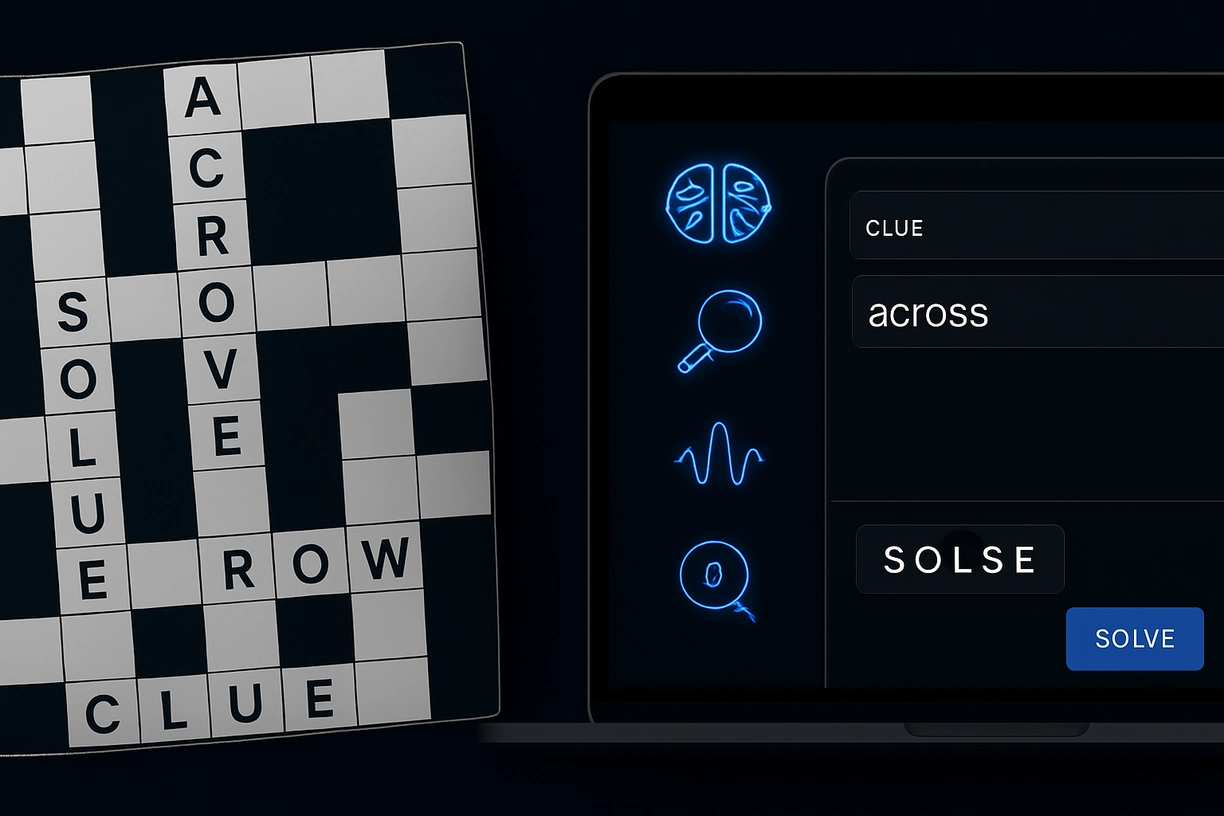
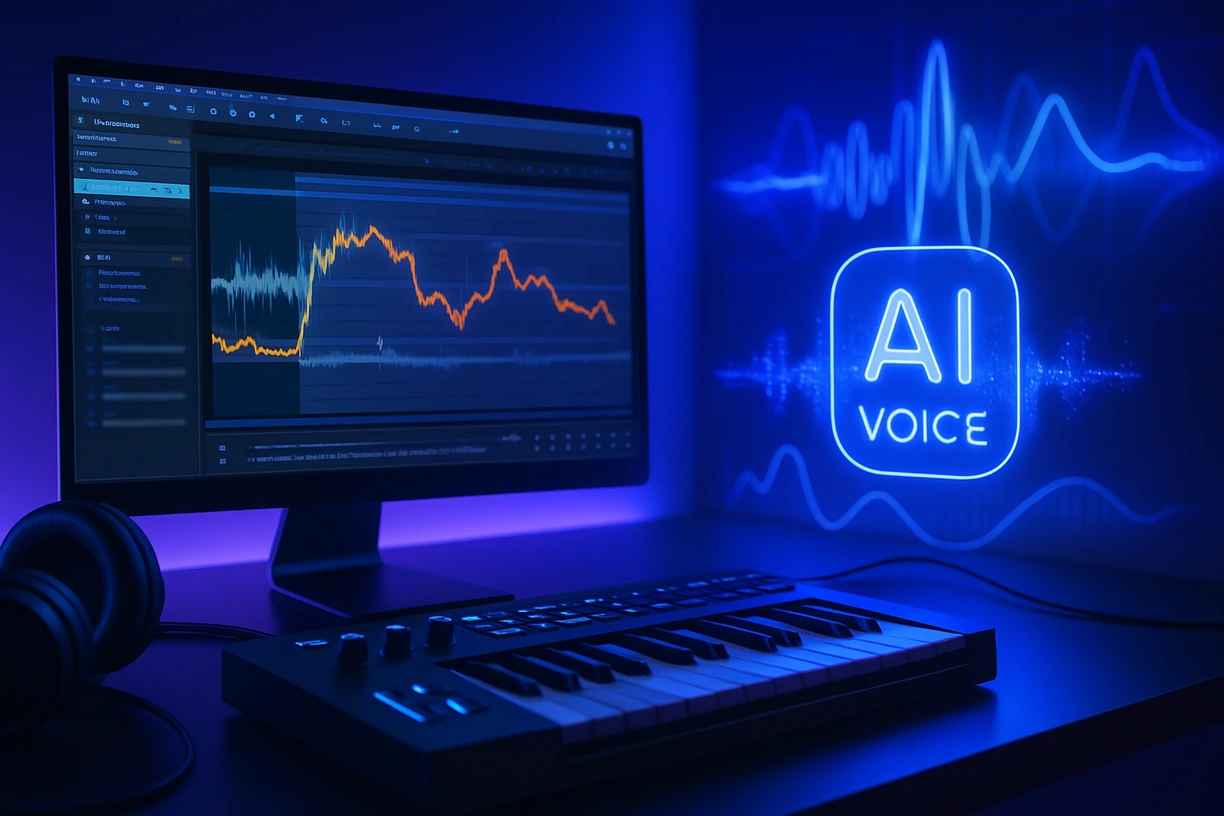
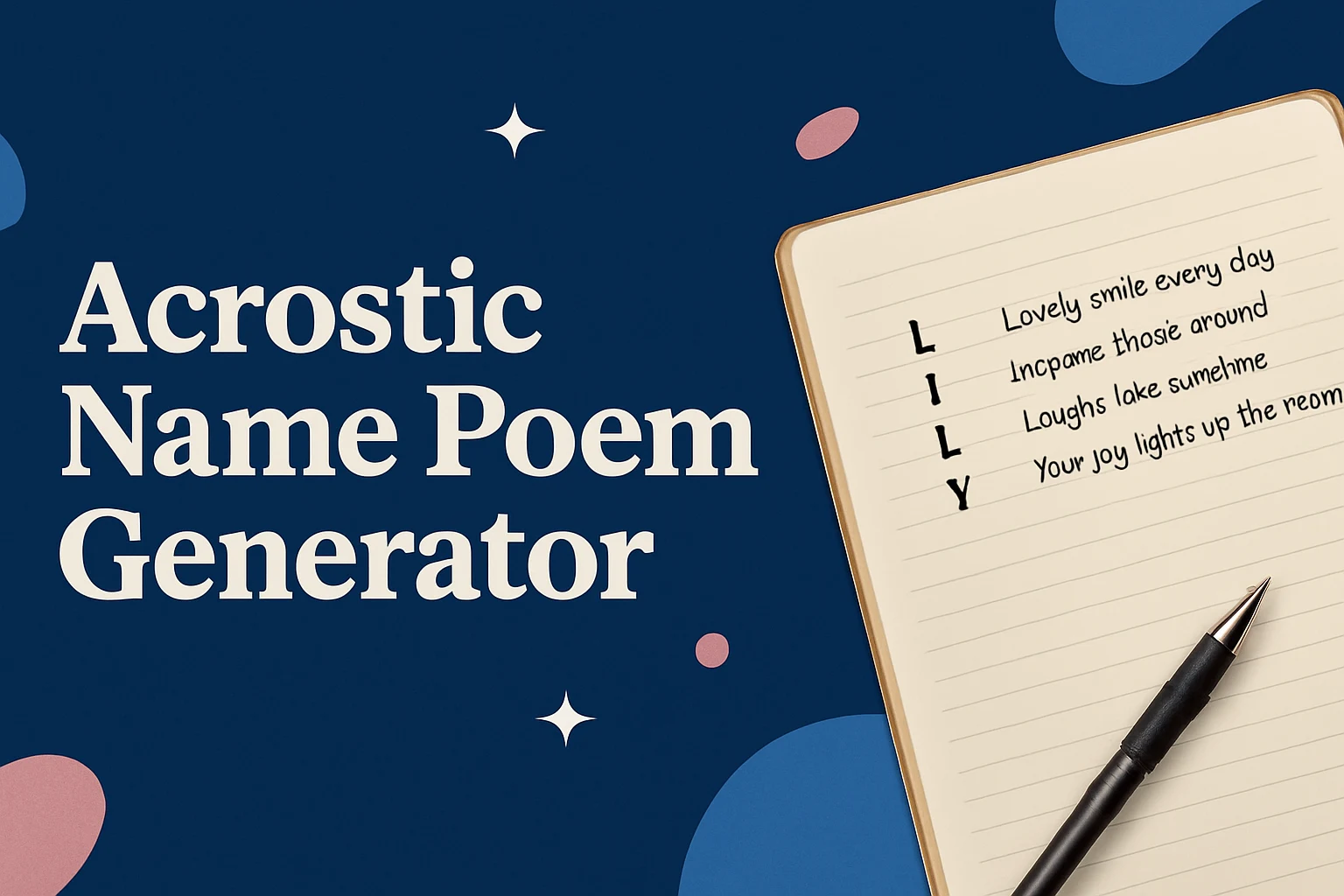
7 Responses
Nice post! 1754809836
you are in reality a just right webmaster The site loading velocity is incredible It seems that you are doing any unique trick In addition The contents are masterwork you have performed a wonderful task on this topic
Your blog is a testament to your dedication to your craft. Your commitment to excellence is evident in every aspect of your writing. Thank you for being such a positive influence in the online community.
我来看看是咋么回事
I do not even know how I ended up here but I thought this post was great I do not know who you are but certainly youre going to a famous blogger if you are not already Cheers
of course like your website but you have to check the spelling on several of your posts A number of them are rife with spelling issues and I in finding it very troublesome to inform the reality on the other hand I will certainly come back again
笑赚网:边看笑话边赚钱,八级提成,收入无上限!更有价值万元两性、把妹、奇门等资源下载。网址:1199.pw